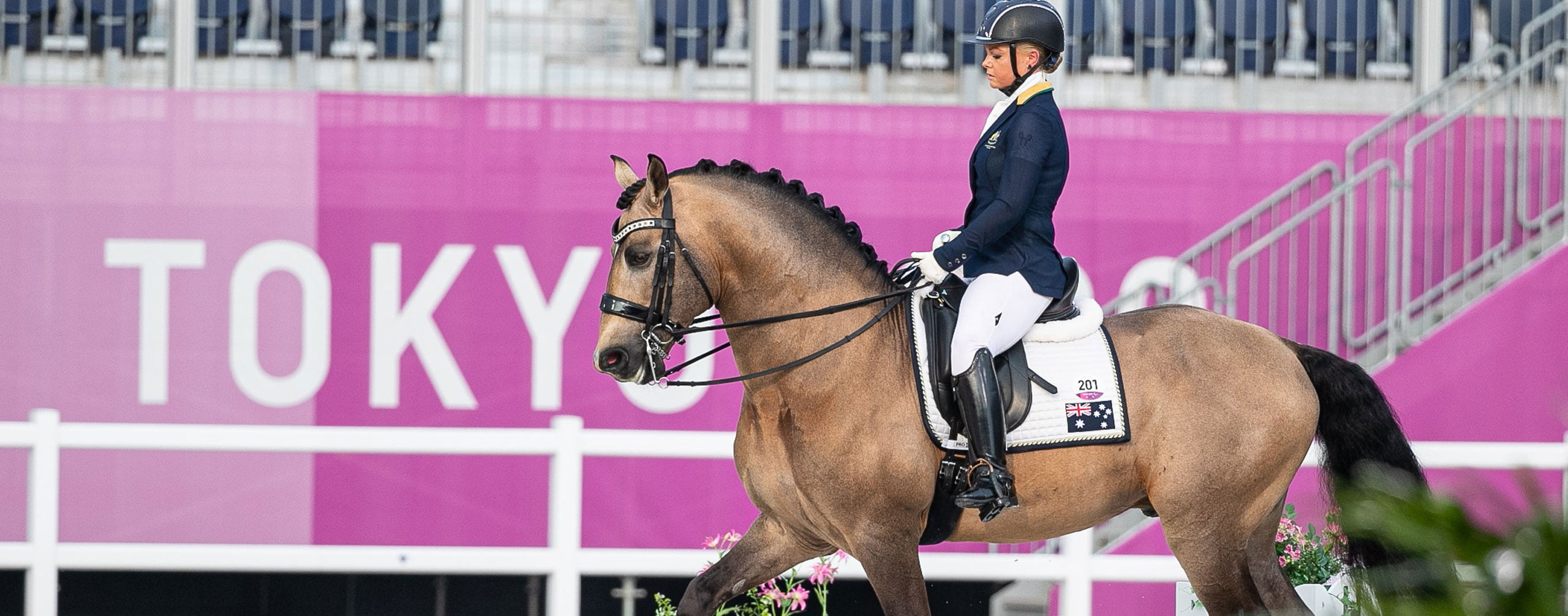Sports Summary
Para-equestrian was first included in the Paralympic Games in Atlanta in 1996. Athletes with a physical impairment or visual impairment compete in Para-equestrian.
Individual riders compete in two Dressage events; a Championship Test of set movements and a Freestyle Test to music. The Team Test is an event for teams of three to four riders per team. Competitors are judged on their horsemanship skills as they ride using a series of commands for walk, trot and canter. Riders may use assistive devices such as dressage crops, a connecting rein bar, rubber bands or other aids that may assist them to compete.
For more information on Para-equestrian Eligibility and How to Get Involved please see the Para-equestrian Information Sheet (PDF – 103KB) – updated February 2023.



